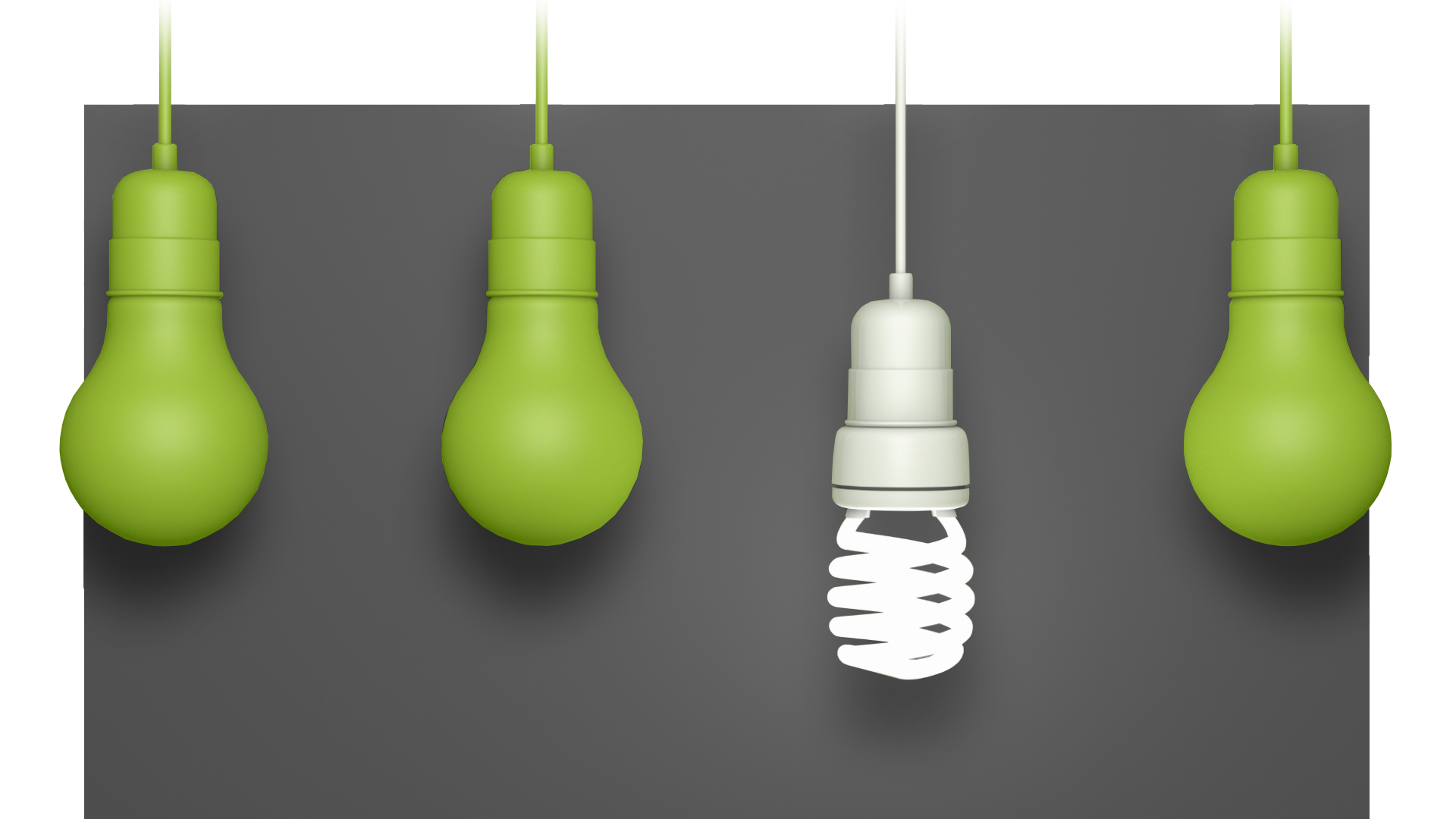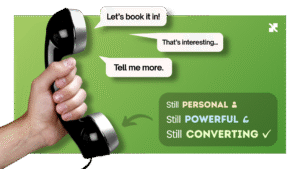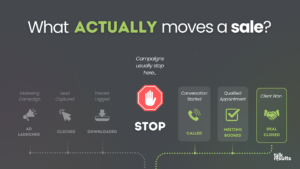Your sales team knows how to close.
They’re sharp, driven, and great at building rapport when it counts.
But if they’re spending hours chasing lukewarm leads, making “just checking in” calls, or fielding the wrong kind of enquiries… their time is being wasted. That’s not a sales problem – it’s a structure problem.
The truth about most sales teams
High-performing B2B salespeople should be doing one thing – selling to the right people, at the right time. But in reality, many are:
Digging through cold data.
Following up with people who were never serious.
Attending meetings that go nowhere.
Getting pulled into early-stage conversations that someone else could handle.
The result? Slower pipelines, longer sales cycles, and good people getting burned out. According to Salesforce, sales reps spend just 28% of their week actually selling. The rest goes on admin, data entry, scheduling, and chasing unqualified leads.
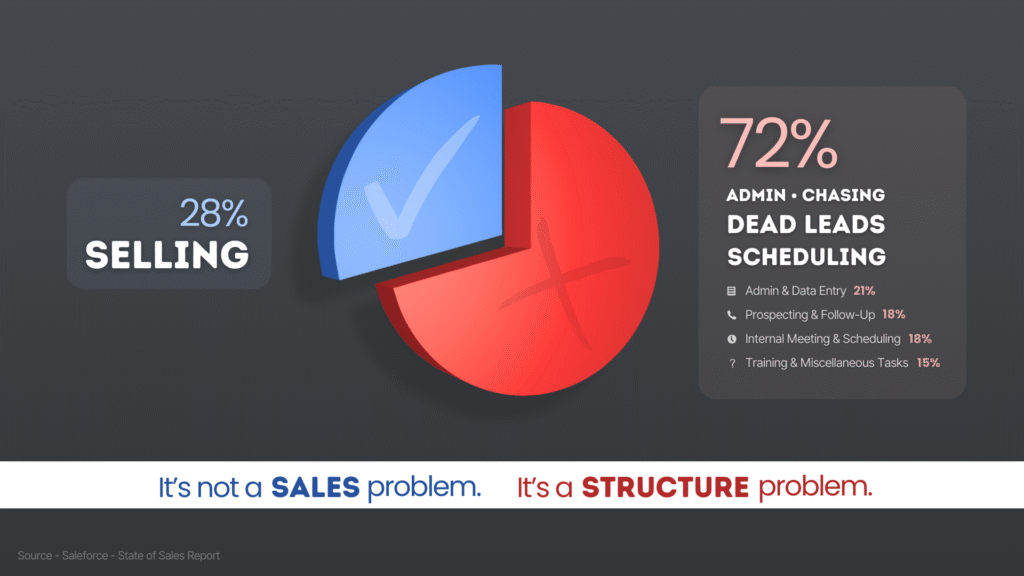
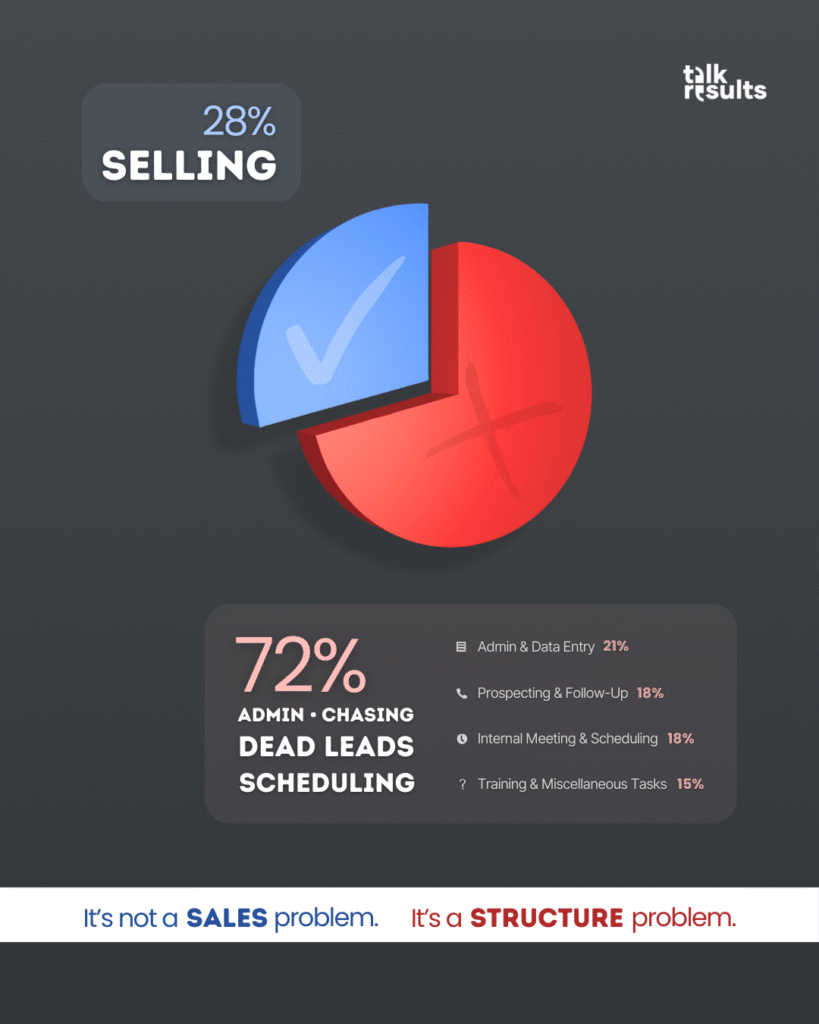
Where the bottleneck actually is
It’s not about effort. It’s about efficiency. The bottleneck usually happens before the sale, during:
First contact.
Qualification.
Discovery calls.
Nurturing and re-engagement.
These stages are critical – but they don’t all need to be done by your sales team. In fact, they probably shouldn’t be. Gartner reports that companies with defined roles (separating prospecting from closing) see a higher opportunity-to-close rate and faster deal progression.
What high-performing teams do differently
The smartest B2B companies don’t just throw more salespeople at the problem. They create a structure that protects their closers and supports the early stages with proper process. That might mean:
Separating lead follow-up from closing roles.
Using specialists to qualify interest before passing it on.
Introducing a human-first approach to outbound calling and follow-up.
A study by The Bridge Group found that companies using a dedicated sales development function had 24% higher quota attainment than those who didn’t.
Try this with your team
1. Audit your last 20 meetings – How many were genuinely qualified?
2. Ask your sales team – Where do they feel they’re wasting time?
3. Review handovers – Are leads arriving cold, vague, or late?
4. Track time spent on non-sales tasks – It adds up quickly.
5. Test a split model – Let someone else handle early conversations for 2 weeks. See what changes.
The goal isn’t more people. It’s more progress.
Your best salespeople should spend their time closing, not chasing. With the right support around them – especially in the early stages – they’ll move faster, win more, and stay focused on what they do best.
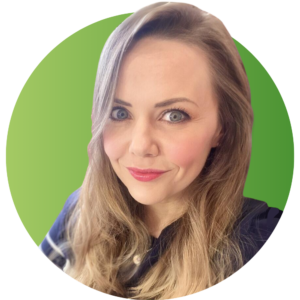
Felicity Francis
Self-confessed telemarketing enthusiast (25 years and counting). Still getting answers while others get auto-replies.
Managing Director, Talk Results.

